Archives
- 2025-11
- 2025-10
- 2025-09
- 2025-03
- 2025-02
- 2025-01
- 2024-12
- 2024-11
- 2024-10
- 2024-09
- 2024-08
- 2024-07
- 2024-06
- 2024-05
- 2024-04
- 2024-03
- 2024-02
- 2024-01
- 2023-12
- 2023-11
- 2023-10
- 2023-09
- 2023-08
- 2023-07
- 2023-06
- 2023-05
- 2023-04
- 2023-03
- 2023-02
- 2023-01
- 2022-12
- 2022-11
- 2022-10
- 2022-09
- 2022-08
- 2022-07
- 2022-06
- 2022-05
- 2022-04
- 2022-03
- 2022-02
- 2022-01
- 2021-12
- 2021-11
- 2021-10
- 2021-09
- 2021-08
- 2021-07
- 2021-06
- 2021-05
- 2021-04
- 2021-03
- 2021-02
- 2021-01
- 2020-12
- 2020-11
- 2020-10
- 2020-09
- 2020-08
- 2020-07
- 2020-06
- 2020-05
- 2020-04
- 2020-03
- 2020-02
- 2020-01
- 2019-12
- 2019-11
- 2019-10
- 2019-09
- 2019-08
- 2019-07
- 2019-06
- 2019-05
- 2019-04
- 2018-11
- 2018-10
- 2018-07
-
Rotenone as a Precision Tool: Advancing Mitochondrial Com...
2025-09-24
Explore how Rotenone, a mitochondrial Complex I inhibitor, enables advanced interrogation of mitochondrial proteostasis and metabolic regulation. This article uniquely integrates recent findings on post-translational enzyme control, expanding its relevance for neurodegenerative disease and cell signaling research.
-
BGJ398 (NVP-BGJ398): Illuminating FGFR2 Signaling in Canc...
2025-09-23
BGJ398 (NVP-BGJ398) is a selective FGFR1/2/3 inhibitor widely utilized in oncology research for dissecting FGFR-driven malignancies and developmental signaling pathways. This article explores its mechanistic role in cancer models and highlights its utility in studying FGFR2-mediated processes, drawing connections to advanced developmental biology.
-
Maximizing mRNA Therapeutics with HyperScribe™ Poly (A) T...
2025-09-19
Explore how the HyperScribe™ Poly (A) Tailing Kit advances polyadenylation of RNA transcripts for enhanced mRNA stability and translation efficiency in research applications. This article provides a rigorous review of the kit’s mechanism, its relevance to in vitro mRNA therapeutics, and emerging insights from recent scientific literature.
-
Phenacetin in hiPSC-Derived Intestinal Organoids: New Fro...
2025-09-18
Explore the application of Phenacetin (N-(4-ethoxyphenyl)acetamide) in advanced pharmacokinetic studies using human pluripotent stem cell-derived intestinal organoids. This article highlights methodological advances and unique research opportunities with this non-opioid analgesic.
-
Accumulating evidence suggest that patients with
2025-03-03
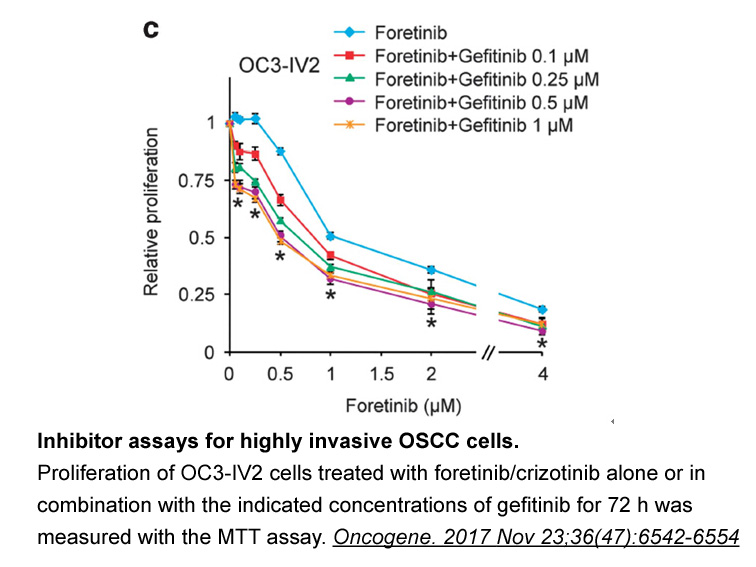
Accumulating evidence suggest that patients with advanced -positive NSCLC are at increased risk of VTE or coagulation disorders during the course of their disease, indicating that cancer genotype might play a role in the occurrence of cancer-related thromboembolism . Here we report the case of a pat
-
br Conclusion br Introduction Lung cancer
2025-03-03
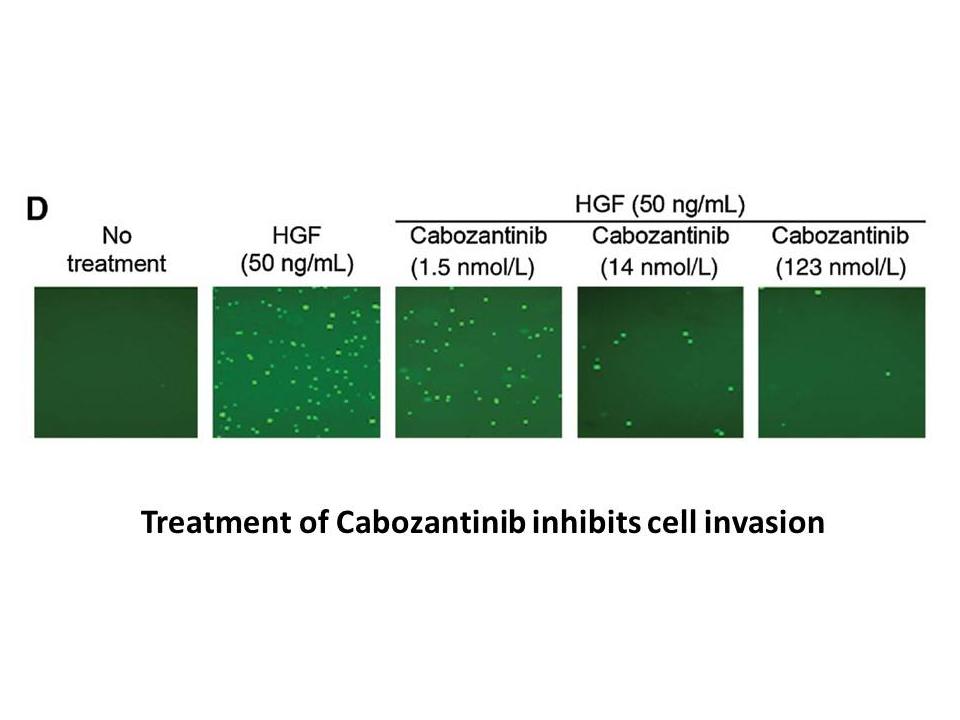
Conclusion Introduction Lung cancer is the principal cause of death by cancer and the third most common cancer worldwide (Sorber et al., 2016). Lung cancer has two main types: small cell carcinomas (approximately 20%) and non-small cell lung cancers (NSCLC) (about 80%) (Fan et al., 2016). NSC
-
br Disclosures br Author contributions br
2025-03-03
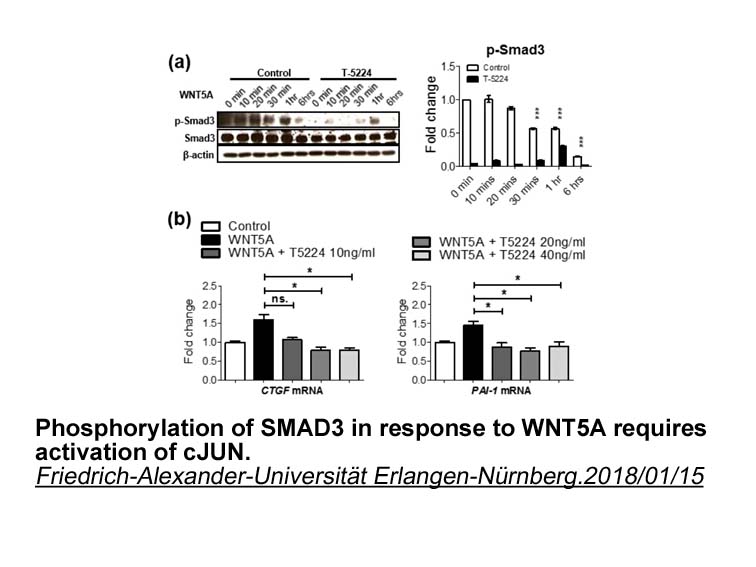
Disclosures Author contributions Grants This work was supported by National Institutes of Health/National Heart, Lung, and Blood Institute MERIT Award R37 HL040696 to J.A.F. Acknowledgments Introduction The AGC kinases, named after the protein A, G and C kinases, are an evolutionaril
-
Thus we presumed that ALDH
2025-03-03
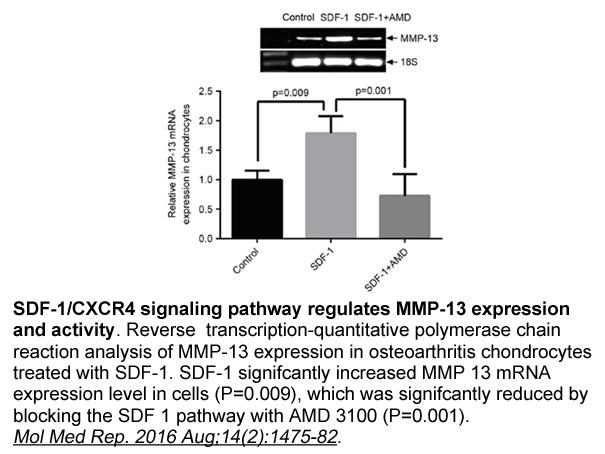
Thus, we presumed that ALDH1A3 might play an important role in TMZ-chemoresistance in glioblastoma patients. As we expected, the glioblastoma cell lines and primary glioma RBC lysis solution were more sensitive to TMZ treatment when ALDH1A3 was inhibited or depleted. Consistently, it has been shown
-
thiostrepton br Conclusions Triptans are HT B
2025-03-03
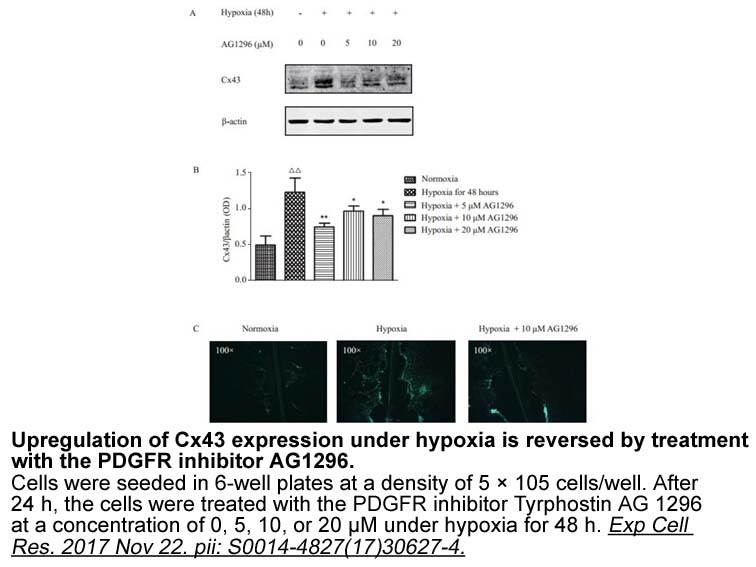
Conclusions Triptans are 5-HT1B/1D/(1F) receptors agonists and are considered as the gold standard for acute migraine treatment that have been proven effective. Unfortunately, they are contraindicated in patients with cardiovascular diseases due to their vasoconstrictor (side) effects (MaassenVan
-
Despite functional studies demonstrating the role
2025-03-03

Despite functional studies demonstrating the role of 5-HT in ureteral contractility, the source of endogenous 5-HT in the ureter is unclear. Since 5-HT-containing enterochromaffin cells, which are present in the gastrointestinal tract, could not be found in the ureter (Nocito et al., 2007, Ripoche,
-
In recent years there have been
2025-03-03
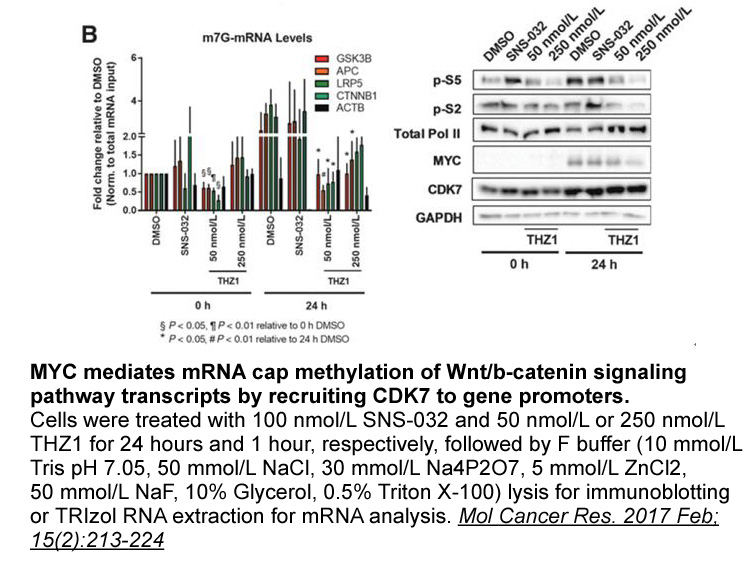
In recent years, there have been further significant developments that enhance an understanding of the role of adenosine in nociception. Thus, novel methods of recruiting adenosine A1Rs have been developed, and the role of adenosine A2A- and A3Rs in nociception has been further elaborated. Furthermo
-
Adenosine receptors activate a number of signalling pathways
2025-03-03
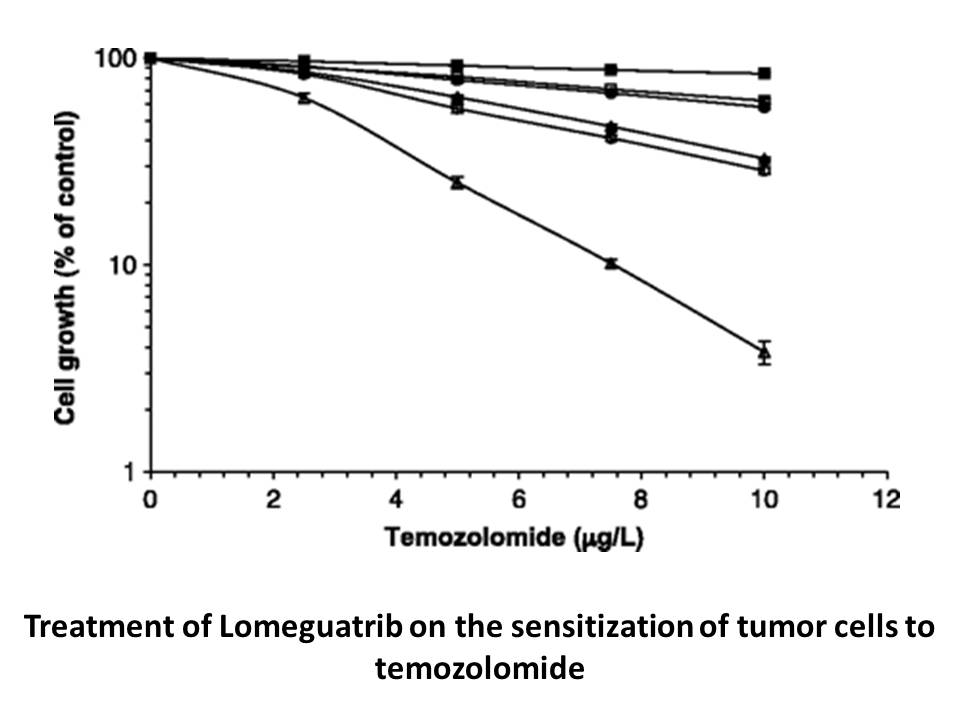
Adenosine receptors activate a number of signalling pathways involved in tissue survival including several mitogen-activated protein kinases (Fredholm et al., 2001). The common feature of all adenosine receptors is the positive coupling to ERK1/2, whilst A2B and A3 receptors can also activate the st
-
ADA catalyzes the deamination of adenosine and deoxyadenosin
2025-03-03

ADA catalyzes the deamination of adenosine and deoxyadenosine into their respective inosine nucleoside (Cristalli et al., 2001). This conversion is an initial step in a series of reactions responsible for lymphocyte proliferation and differentiation. Moreover, ADA is considered an indicator of cellu
-
br Free entry equilibrium At stage
2025-03-03

Free entry equilibrium At stage 2 of the game, n ≥ 2 firms simultaneously decide whether or not to enter the industry. Market entry involves a sunk fixed cost f > 0, which we assume cannot be subtracted from the tax base. Our assumption reflects that deductions of market entry costs are often inc
-
br Dihydrotestosterone in adult fish and
2025-03-03

Dihydrotestosterone in adult fish and frogs New perspectives and next directions Similar to other androgens, DHT can modulate reproductive endpoints in both fish and amphibians. However, predicting the effects of DHT can be challenging, as reproductive homeostasis is dependent upon the balance